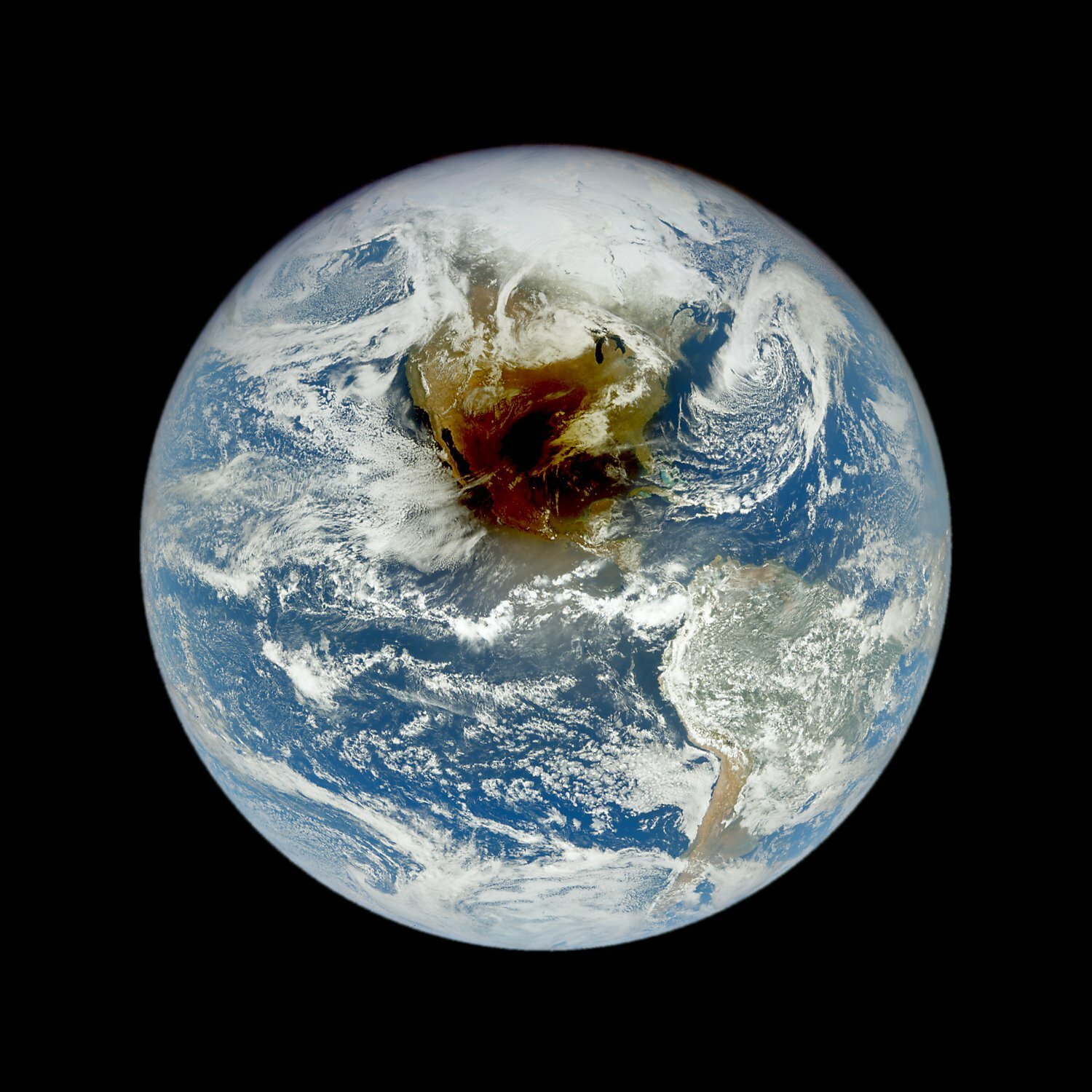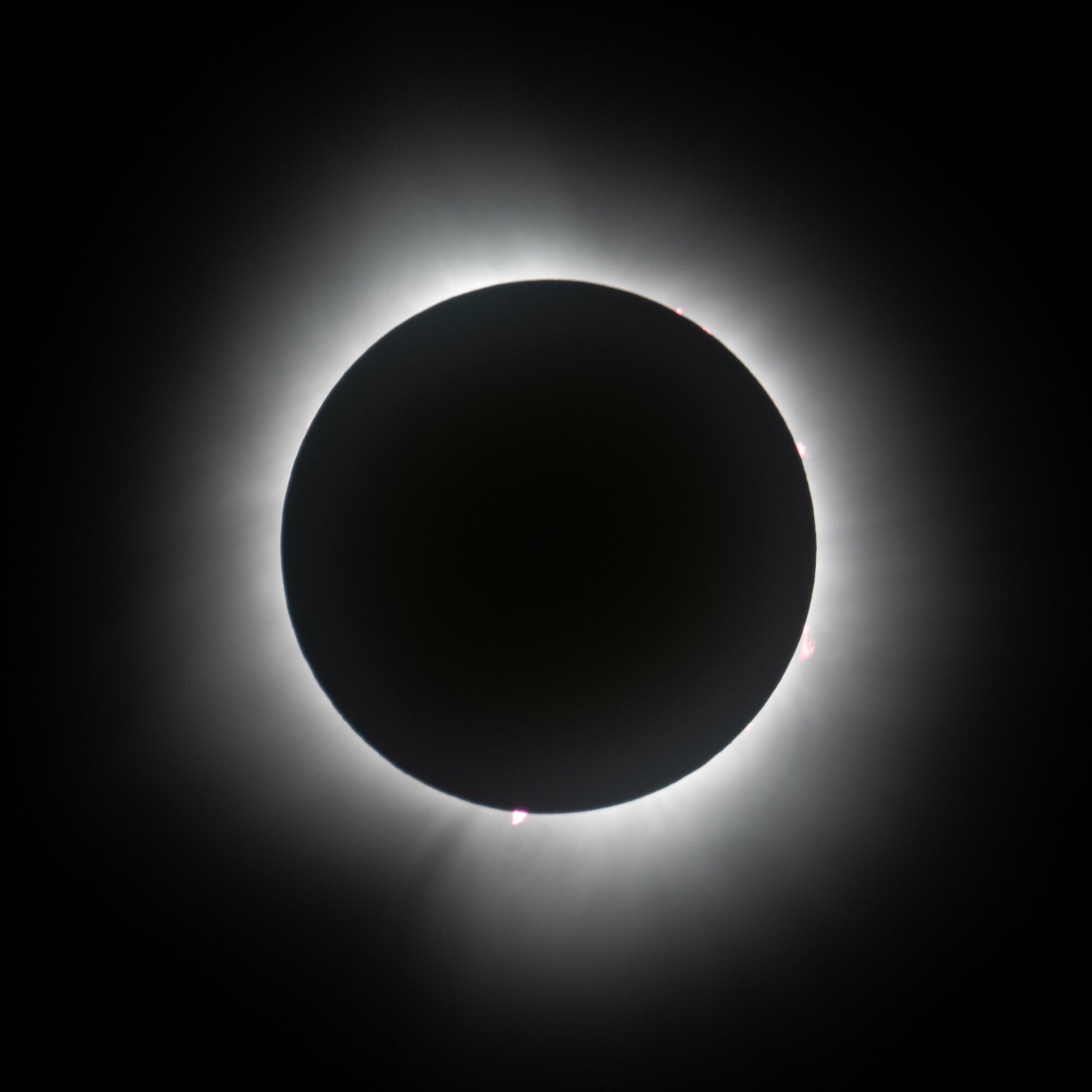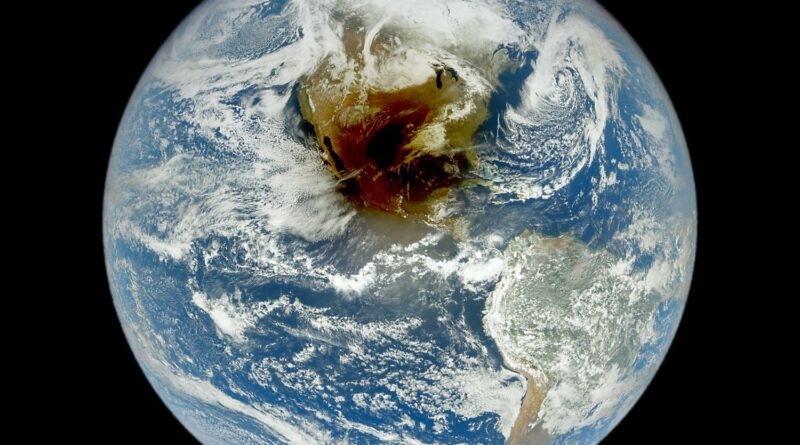The best advice I got for witnessing the amazing solar eclipse

In a world of hype, a total solar eclipse cannot be overhyped.
“On a scale of one to ten, a partial eclipse is a seven,” Terry Virts, a former NASA astronaut who experienced his first total eclipse (from down on Earth) in 2017, told Mashable. “And a total eclipse is a million.” (A partial eclipse is when just a portion of the sun is blocked by the moon — an interesting experience, but nothing like totality.)
On April 8, 2024, millions like myself experienced the marvel of totality, when the moon completely blocked the sun. Leading up to the event, I received some invaluable advice from space and eclipse experts.
A total solar eclipse won’t return to the Lower 48 states for another 20 years. But such an event does happen, somewhere on our planet, every one or two years. Whenever you happen to go to see one in the years or decades ahead, I’d suggest taking these bits of eclipse-wisdom.
Don’t try to take pictures on your phone.
Three minutes goes by awfully fast.
Rather than waste a second taking a likely subpar photo, embrace the eerie darkness, the strange animal behaviors, the planets, the sun’s corona, and beyond.
“Use those precious few minutes to observe all around you.”
“Don’t worry about trying to get great photos of it,” Richard Fienberg, an astronomer and senior advisor at the American Astronomical Society, told Mashable. “Use those precious few minutes to observe all around you.”

Strive to watch the total eclipse with friends or family.
Most people can’t describe their total eclipse experience to me. It’s all at once thrilling, disquieting, reflective, and beyond. It’s the perfect event to share.
“It’s most fun to experience with other people, because of the surprise, and the awe.”
“It’s most fun to experience with other people, because of the surprise, and the awe,” Melissa Barden Dowling, a Roman historian at Southern Methodist University, told Mashable.
Don’t fret about weather predictions.
Climatologically, one of the regions with the worst odds for clear skies in early April is Vermont: It’s often overcast or rainy in the spring. Yet much of the Green Mountain State had largely clear weather on April 8, 2024, making for an excellent eclipse experience. Weather, as you know, is terribly fickle.
“Climate is what you expect. Weather is what you get,” Fienberg told Mashable.
“Climate is what you expect. Weather is what you get.”
Of course, it’s fine to chase the best weather as the prediction (about five to seven days out) becomes clearer. But many places with great odds for open skies didn’t see much of the eclipsed sun, and vice versa. Sometimes, it’s best to let the whims of weather be what they may, drop the atmospheric anxiety, and embrace what we’re given along the rare path of totality.
Make sure your eclipse glasses are on this list.
In the modern day — rife with scams and devious claims on the internet — purchasing approved solar-viewing glasses can be a murky undertaking. For example, many sellers claim their products are “NASA-approved,” but NASA doesn’t endorse or promote any such products.
Problem solved: Use the American Astronomical Society’s (AAS) carefully vetted list: https://eclipse.aas.org/eye-safety/viewers-filters.
“We’re not going to link to anybody who is making false claims,” Fienberg told Mashable. “Not only are we convinced the products are safe, we feel comfortable linking to these companies because they’re following good business practices.”
You simply don’t want to miss a total solar eclipse.
Find a way to get in the path of totality. You won’t regret it.
“If it is possible, make the effort and go see this thing.”
“If it is possible, make the effort and go see this thing,” the former astronaut Virts told Mashable.

